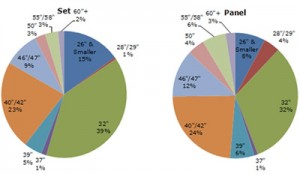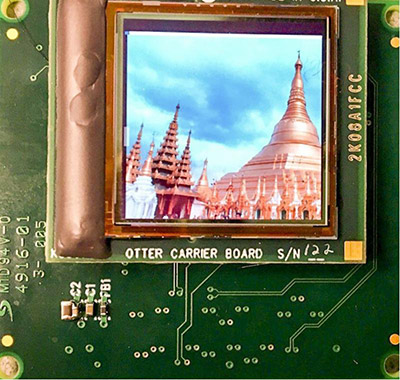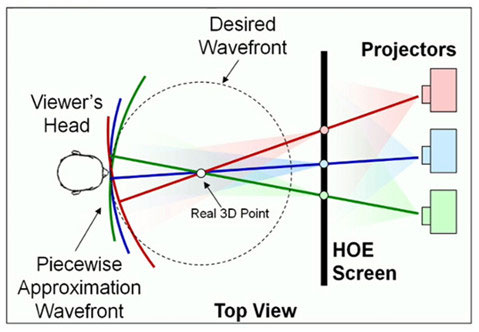Move Over 3D Video, Here Comes 3D Sound
By Aldo Cugnini
As Insight Media’s Chris Chinnock described last week in his column, several companies are now working on enhanced audio reproduction that goes beyond 5.1 channels. With 3D video, the developers maintain that a new “virtual” sound placement must be created to augment the 3D experience. Cinema technology providers Barco and Dolby are among the companies pushing forward with this 3D sound technology. How does this work, and do we really need it?
In order to reproduce a sound-image placement at an arbitrary position in a room, a speaker layout is needed in three dimensions — height, width and depth. This means that a Full 3D sound in space requires using at least eight speakers, positioned at the eight corners of a solid. When incorporating a center and LFE (low-frequency effects) channel, the smallest full 3D sound speaker layout is a 9.1-channel configuration. Barco goes further, as defined by the Auro 11.1 Format, that in addition is fully compatible with existing 5.1 systems, i.e., 11.1 or 9.1 can be down-mixed to a 5.1-channel package.
Dolby Laboratories has developed a similar system, called Dolby Atmos, launching in specially-equipped pilot theaters worldwide. Dolby Atmos is promoted as “delivering a more natural and realistic sound-field, which transports people into the story with a lifelike, sensory experience.” The system utilizes a hybrid approach to mixing and directs sound as dynamic objects that envelop the listener, in combination with channels for playback. Atmos also enables “adaptive rendering” to ensure that the playback experience is as close as possible to the creator’s original vision in any given environment, irrespective of the specific speaker configuration in the playback environment.
Dolby Atmos takes into account the entire content pipeline and brings together mixers, studios, and distributors, providing content creators with “a new creative freedom to tell their stories.” In addition, the system takes into account simplified movie distribution, with a single universally compatible package, regardless of theatre configuration; 5.1 and 7.1-channel downmixes are also provided.
For more on the Dolby Atmos solution, see these two video from ShowEast 2012 last week:
http://www.display-central.com/pro-av/the-dolby-atmos-cinema-processor-debuts-at-showeast-2012/
 A supra-5-channel system is not new, however. In work going back before 2005, Japanese researchers at NHKproposed a “High-Presence Audio Format,” intended to be used with Super Hi-Vision (now known as Ultra HD). Based on their work, international standardization of a 22.2 multi-channel audio format is underway. The researchers enumerated various requirements for such a system:
A supra-5-channel system is not new, however. In work going back before 2005, Japanese researchers at NHKproposed a “High-Presence Audio Format,” intended to be used with Super Hi-Vision (now known as Ultra HD). Based on their work, international standardization of a 22.2 multi-channel audio format is underway. The researchers enumerated various requirements for such a system:
- Must be able to localize an audio image anywhere on the screen,
- Must be able to reproduce sound coming from all directions surrounding the viewing position,
- Must be able to reproduce a natural, high-quality 3D acoustic space,
- Must have an enlarged optimal listening zone,
- Must be compatible with existing multi-channel audio formats, and
- Must support live recording and live broadcasting.
Are these systems gimmicks, or do they truly advance the state-of-the-art? The real world is of course the ultimate immersive experience, with sights and sounds coming from all directions around you. An immersive sound field will always have a missing element if the the video does not similarly come from all around you — the so-called “holodeck” from Star Trek lore. But we as sensing creatures can be easily fooled by our environment, and even if there is no picture to accompany a sound that may come from above or behind you, the brain often “fills in” this missing information, especially if it is fleeting.
A more practical question is not whether the technology enhances the entertainment experience — many will agree that it does — but rather, at what cost, is the cost justified, and how does that get passed down to the consumer? One business model is that the cost is entirely borne by the producer/distributor, with the expectation that it will draw more audience. But this model was not used for 3D cinema, with some of the cost reaching the theatergoer. Let’s see how this one develops.





